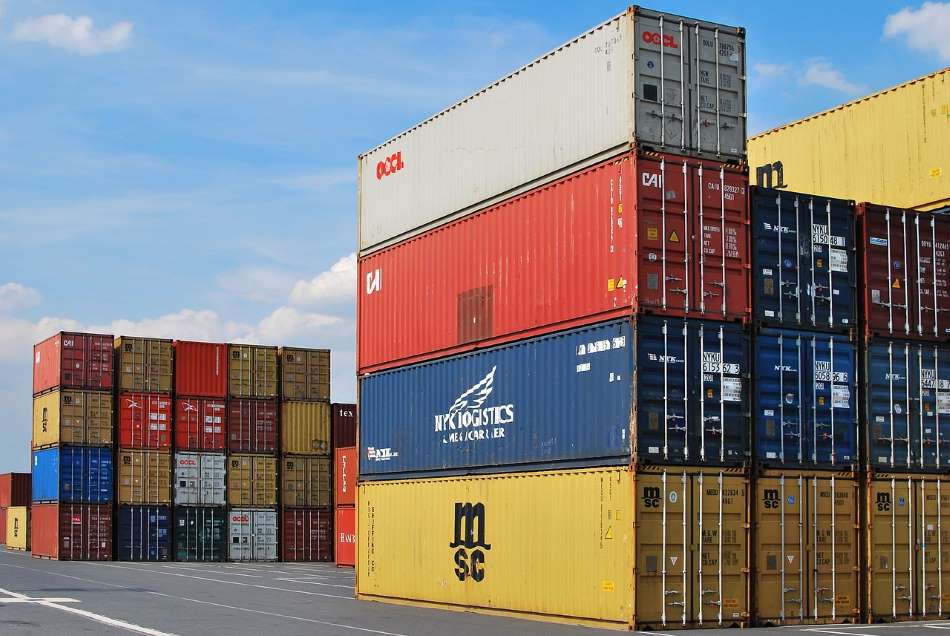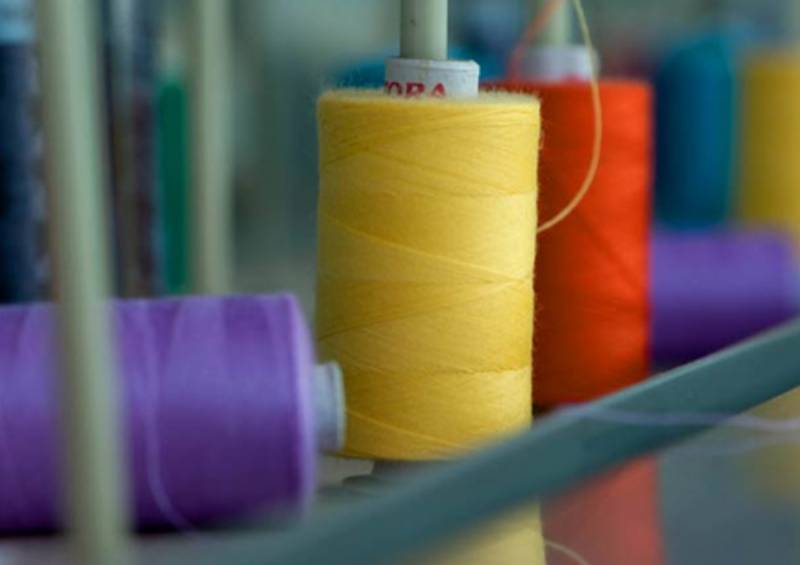
With RMG imports from major sourcing markets of Asia by the US and European Union having drastically declined in the first half of 2023, apparel suppliers are clinging to the hope that sometimes things do get worse before they get better as their current profit margins sink deeper. Just when things were finally shaping up post-pandemic -- despite an economy already under pressure with constant natural disasters, political turmoil, and a volatile global economic scenario- inflation in the cash-rich Western countries has led to apparel exports falling for most Asian suppliers in Bangladesh, Sri Lanka, Pakistan, India, and Vietnam among others.
Bangladesh exports dip
Bangladesh managed to retain second position in apparel shipments to the EU in Jan-Feb 2023 with a 22.75 per cent share of the trade bloc's overall garment imports, coming right after China which has always been the undisputed leader. However although inflation had started to improve in the Western countries, the downtrend has continued with Bangladesh’s apparel exports to the EU falling by 12.69 per cent to €9.06 billion in the first half of 2023 as compared to €10.37 billion in the same time period last year as overall garment demand decreased in the 27-nation economic bloc due to high inflation and lesser fashion shows.
Eurostat data shows knitwear imports of the EU from Bangladesh in January-June of 2023 decreased to €5.38 billion from €6.40 billion in the same period of 2022. Bangladesh’s woven garments exports to the EU in the first half of this year also fell to €3.68 billion from €3.96 billion in the same period of previous year.
Export slump felt in Sri Lanka, Pakistan and India
Although Sri Lankan economy is in recovery mode after hitting rock-bottom, the trade balance expanded in August this year as earnings from merchandise exports fell as a result of a continued decline in apparel exports. Imports during the month remained subdued. The trade deficit in August 2023 expanded to $307 million from $260 million a year ago, however, the cumulative deficit in the trade account during January- August 2023 narrowed to $2,964 million, from $3,889 million recorded over the same period last year. Industrial exports, mainly led by textile and garments sector, fell 9.8 per cent YoY to $871.7 million and it is estimated that Sri Lanka would lose about $1 billion from apparel exports this year compared to last year.
Meanwhile, Pakistan’s textile exports have also gone downhill with a slump of 12 per cent on a year-on-year (YoY) basis as of September 2023 with a $1.35 billion compared to $1.53 billion reported in the same period of last year. According to All Pakistan Textile Mills Association stats, exports slumped 8 per cent on a month-on-month basis as compared to exports of $1.46 billion registered in August 2023. The country is currently in the throes of inflation as the nation reels from high fuel and energy prices.
India too has been greatly affected by the EU and US slowdown as it's textile and apparel exports declined by 13.55 per cent from April to July 2023, amounting to $10,154.83 million. The Ministry of Commerce and Industry data has shown that during the first four months of the current fiscal 2023-24, export of cotton yarn, fabric, made-ups, and handloom products decreased by 8.34 per cent to $3,767.83 million, compared to $4,110.67 million in the previous period.
With the global apparel trade scenario being currently extremely low-key, the cash-rich EU market has also been greatly affected and local manufacturers in Asian countries may now need to focus on alternative global markets rather than single markets to ensure balanced investment plans for a more sustainable economy.












